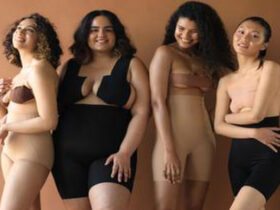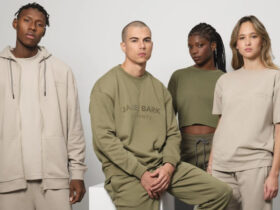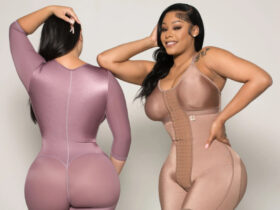The little black dress is one of the most famous fashion garments in all of style history. It’s considered an essential for every woman and it’s a known staple of every complete wardrobe. Which black dress styles should you have in your closet?
What is a “Little Black Dress?”
Though Coco Chanel, then a young up-and-coming designer, is credited with “inventing” the little black dress, this garment actually has its origins much, much further back in history. Fashion historians believe the little black dress really originates in Victorian England, when it became fashionable in the 1860s for household maids to wear a plain, black gown beneath a white apron. The trend spread through Europe and all the way to the U.S.
When young women began working in shops in the 1890s as “shopgirls,” female clerks who tended makeup counters and departments offering ready-made women’s clothing, many stores required that they wear simple black dresses while at work. This was the case for shopgirls working in New York, London and Paris, all three of which are known for setting the tone for style around the world.
Soon enough, upper-class society women adopted the style as their own, embracing a style that was associated with youth and energy. It was starting to become a fad in the 1910s and in the 1920s, Chanel made it famous.
Types of Little Black Dresses
So, what qualifies as a little black dress? A little black dress can be made in just about any style of dress you can imagine. As long as it’s a relatively simple style and doesn’t have a ton of volume or length to it, you can say it’s a little black dress. It doesn’t have to be super short, revealing or sexy. The little black dress can be elegant, classic, highly stylish or hot as the situation requires and as the accessories help style it.
There are dozens and dozens of different types of dresses and almost any of them can be a little black dress, from a form-hugging tube dress to a traditional tea-length dress. But there are some types of dresses that are used to create the classic black dress look more often than others. Get to know more about the most common dress styles you’ll find when you’re in the market for a new black frock.
1. Mid-Length
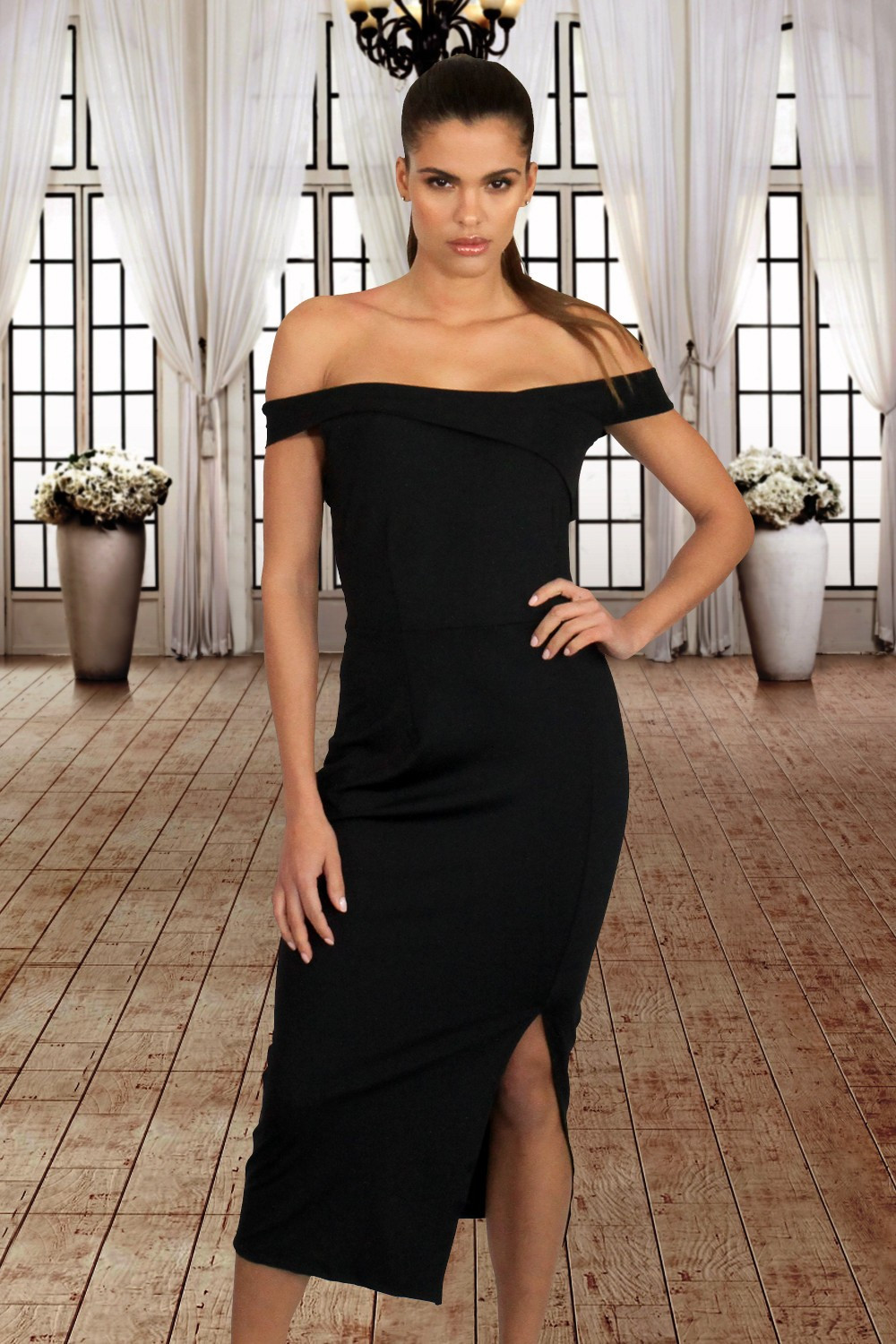
Black dresses are frequently seen in mid-length styles. These are dresses that end somewhere between the ankle and the knees. They can be made with any style of sleeves or neckline, everything from long sleeve looks to spaghetti strap and strapless styles.
2. Midi
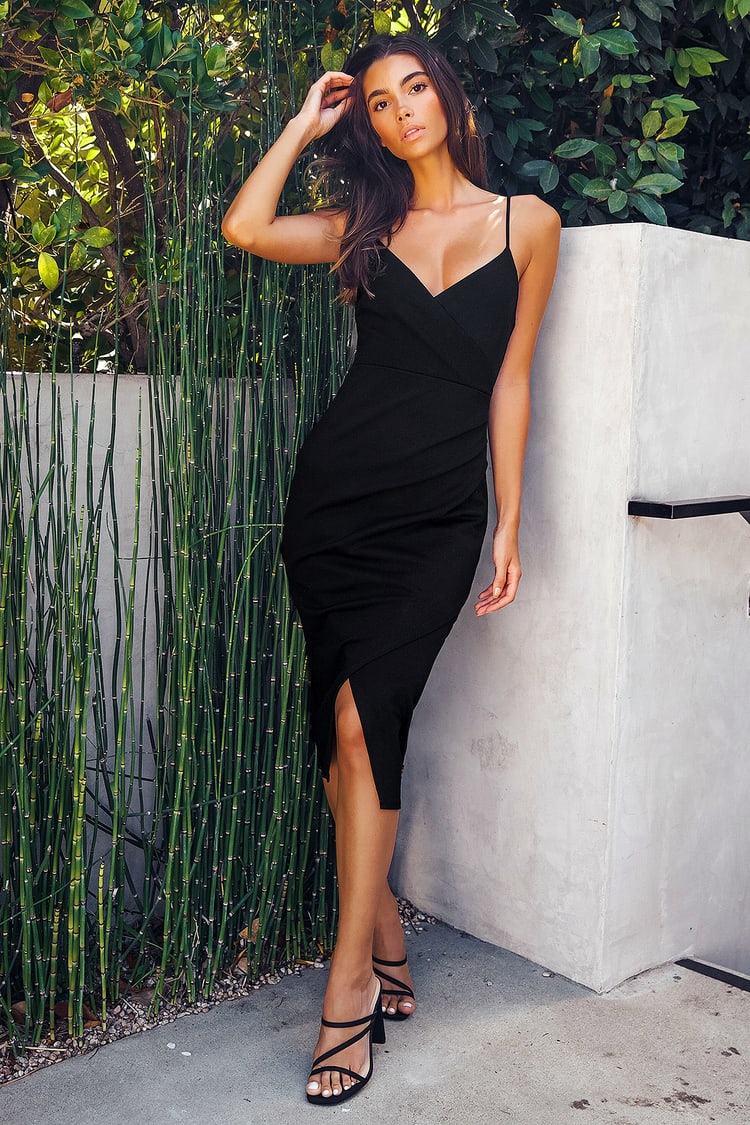
Midi-length dresses can be anywhere from about two inches below the knee to anywhere above the ankle. It’s known as a “midi” length because it falls near the middle of the calves. Sheath dresses, sweater dress styles, fit and flare dress styles and pencil dresses are often found in midi length styles.
3. Tea Length

A tea-length dress falls about three or four inches below the knee. This was a popular style of dress in the 1920s and has become a style classic that is often seen in black. The skirt of a tea length dress is slightly flared, rather than tight against the hips and legs. The tea length skirt can be paired with any style of bodice, which means it’s made with a huge range of sleeve types and neckline styles.
4. Long
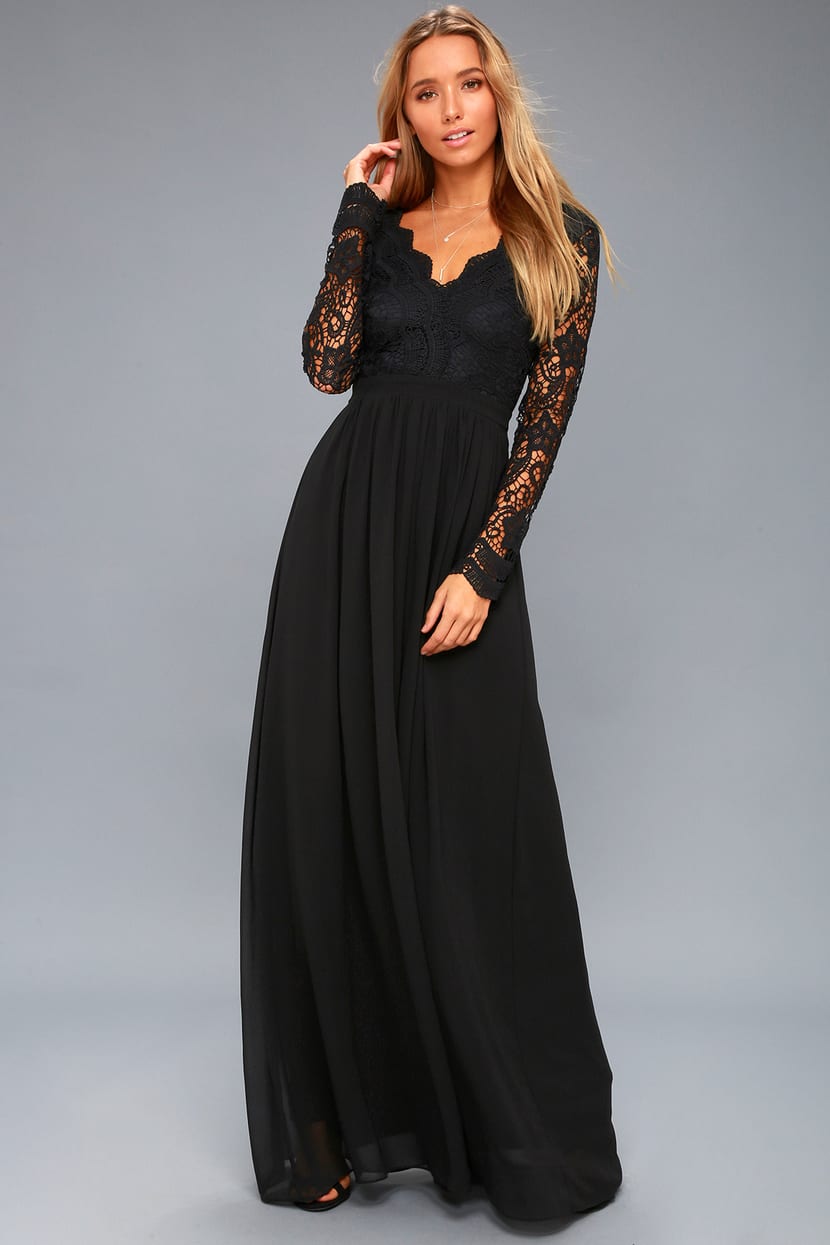
Black dresses are often made in popular long dress styles. However, these long black gowns may not strictly qualify as a “little black dress,” as this common fashion style is usually mostly associated with shorter designs. However, a long black gown is the perfect way to create an elegant style for any event.
5. A line
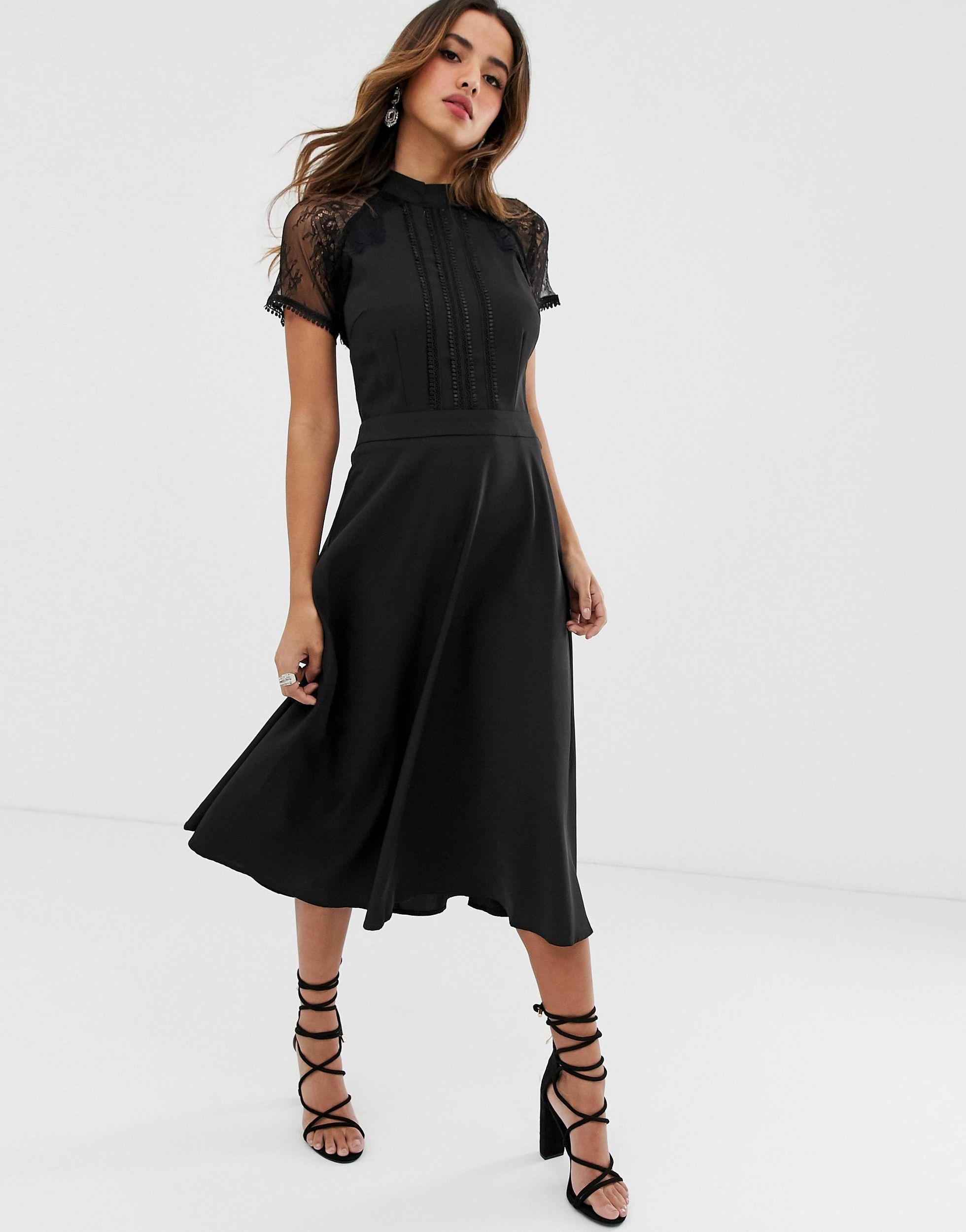
A-line dresses are ankle-length or longer. They fit snugly in the bodice and can be made with a variety of necklines and sleeve types. The important part of this gown is the skirt, which flares out from the body to get wider and wider as it reaches the hem. This creates a highly recognizable shape that resembles the letter A.
6. Ballgown

The ball gown is one of the most recognizable dress silhouettes. This dress is made with a tight-fitting bodice that is usually sleeveless or made with spaghetti straps. The skirt of the dress flares out over the hips. Usually, ball gowns are made with extra layers underneath to make the skirt billow out even more.
7. Maxi
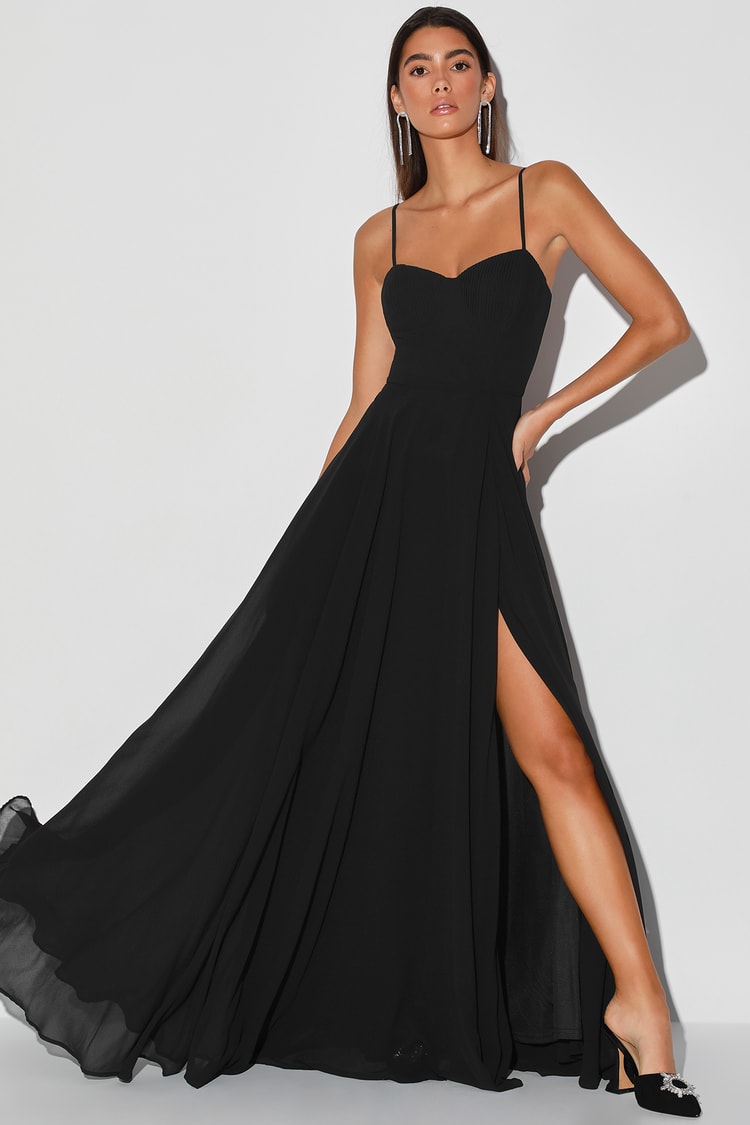
Maxi dresses are extremely popular and in basic black, they’re always very stylish. The name of the dress refers to its length. Maxi dresses are usually floor-length or just a little shorter. These are somewhat loose, flowing gowns that are often made with airy fabric. The bodice and sleeves can be in any style. Maxi dresses are a more casual style. These dresses are known for their more boho-friendly look.
8. Mermaid
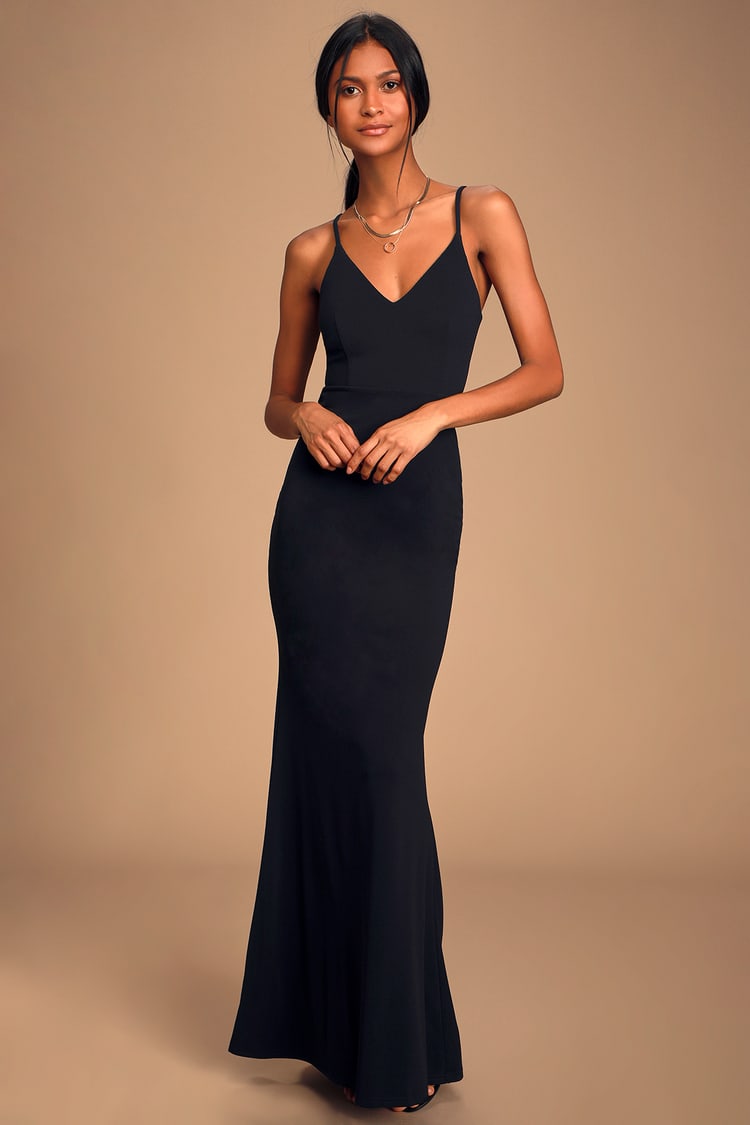
Mermaid dresses are very easy to spot. This dress is form-fitting and figure-hugging all the way from the bust to the knees. It emphasizes all the curves of the body and then flares out at the knees to create a very distinct silhouette.
9. Short

Short dresses styles in black are the types of dresses that create the quintessential “little black dress” style. There are many popular short dress styles but there are several that are more frequently seen in black than others. Which of these have you tried as part of your little black dress style?
10. Bandage

Bandage dresses are short dresses that are worn in any length from knee to mid-thigh. This dress actually looks like bandages wrapped around the body, which is where this style gets its name. This is a very tight-fitting dress that leaves you no room to hide anything. All your curves will be well displayed in a bandage dress. This dress can have any neckline style, from halter to off the shoulder, though strapless is most common.
The Bottom Line
In the 1960s, Audrey Hepburn made fashion history with the little black dress she wore in the opening scene of “Breakfast at Tiffany’s.” Hepburn’s look in the scene is still famous and her dress is still coveted. Women everywhere copied the Givenchy dress she wore in the scene, providing that the quintessential little black dress was still a fashion must-have.


